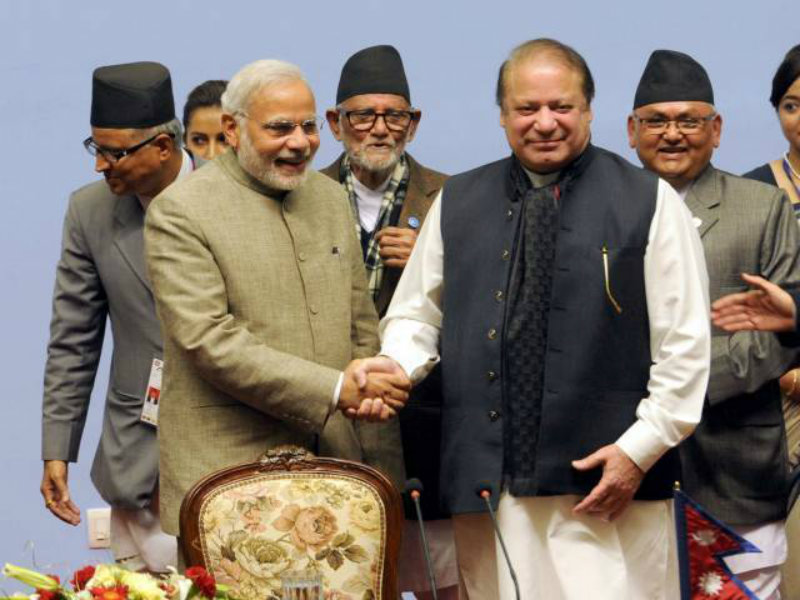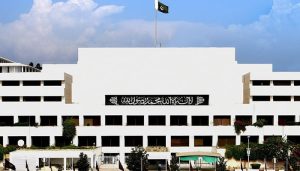WASHINGTON – Pakistan is exploring the possibility of creating a greater South Asian economic alliance to counter India’s influence on the eight-member South Asian Association for Regional Cooperation (Saarc).
A parliamentary delegation from Pakistan, which is now in New York, pitched this idea during its five-day visit to Washington last week, Dawn online reported on Wednesday.
“A greater South Asia is already emerging,” said Senator Mushahid Hussain Syed, in one of his interactions with the media. “This greater South Asia includes China, Iran and the neighbouring Central Asian republics.”
Syed described the China-Pakistan Economic Corridor as the key economic route linking South Asia with Central Asia. The Gwadar port, he pointed out, would be the nearest warm water port, not only for China but also for the land-locked Central Asian states.

“We want India to join this arrangement as well,” said Hussain, an offer Indians are unlikely to accept as they are comfortable with the advantage that Saarc provides them.
Last month, India used its influence in Saarc to isolate Pakistan when it announced that it would not attend the regional group’s 19th summit, scheduled in Islamabad on Nov 15 and 16.
India cited Pakistan’s alleged involvement in the Sept 18 terrorist attack in Uri as the reason for its decision to boycott the summit. Pakistan strongly denies the Indian allegation and India has provided no evidence to support its claim so far. Yet three other Saarc nations – Afghanistan, Bangladesh and Bhutan – joined the boycott.
The boycott led to an indefinite postponement of the summit and exposed Pakistan’s isolation within the group where it once played a key role.
Among the eight Saarc nations, Afghanistan and Bangladesh are India’s strong allies while Bhutan, surrounded by India from all sides, is too small to resist any move from New Delhi.
The Maldives, Nepal and Sri Lanka have good ties with Pakistan, but they are not large enough to take on India.
Diplomatic observers in Washington say that the proposed arrangement also suits China as it is also worried about India’s rapidly growing influence in the region. They argue that China can play an important role in persuading Central Asian republics and Iran to join the new arrangement.
But the observers warn that Saarc members will have little interest in supporting the idea. There is not much benefit for Bangladesh, Nepal and Sri Lanka in joining a land route far from their borders and Bangladesh and Sri Lanka have their own ports.
The member that is likely to get the most benefits from a greater South Asian alliance is Afghanistan, which is technically a land-locked Central Asian nation. Any trade route that links South and Central Asian regions is good for Afghanistan.
But observers believe that Afghanistan is too closely linked to India to join any arrangement that hurts India’s interests.
Afghanistan’s presence in Saarc, however, justifies Pakistan’s argument that Central Asian nations can be included in a greater South Asia.
Afghanistan applied for Saarc membership in 2006, generating an interesting debate on the definition of South Asian identity because Afghanistan is a Central Asian country.
Saarc member states imposed a stipulation for Afghanistan to hold general elections, which were held in late 2005, enabling the country to join the group as its eighth member in April 2007.
But, as a South Asian diplomat pointed out, even if a greater South Asia became reality, there’s no guarantee that its members would support Pakistan in its disputes with India.
“Many Central Asian states have strong ties with India and Iran too has problems with Pakistan,” the diplomat added.
This story was originally published in Dawn, October 12th, 2016














